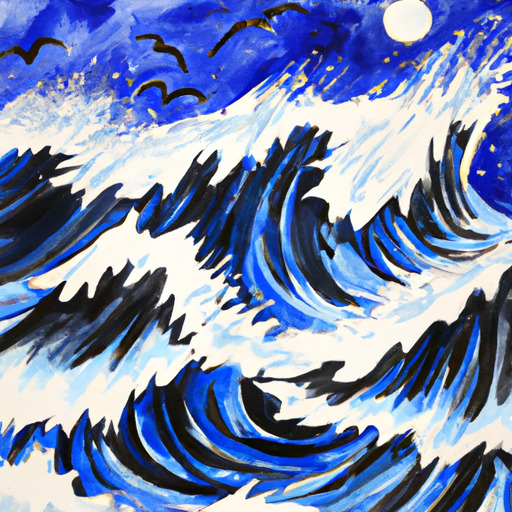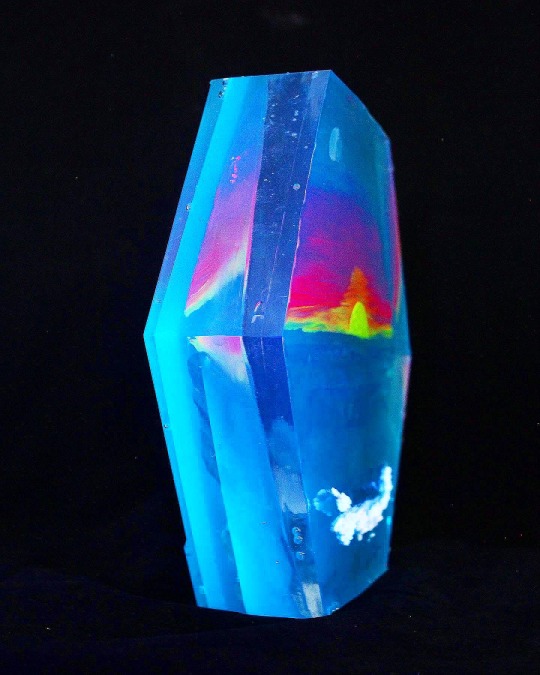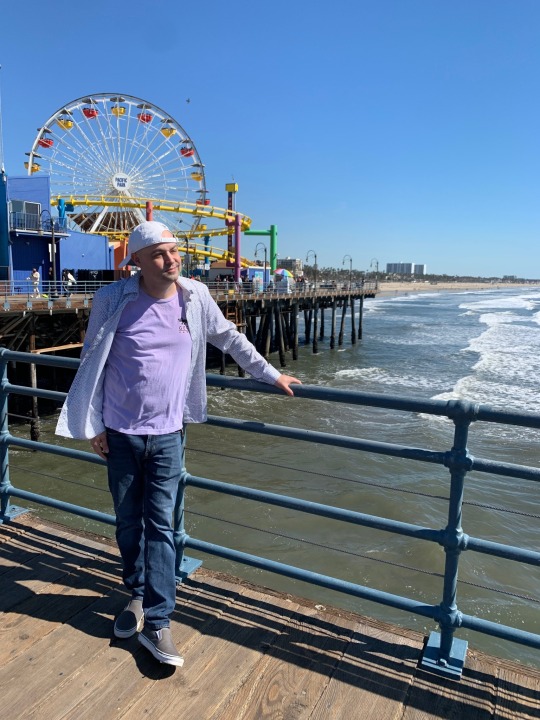#CrashingWaves
Explore tagged Tumblr posts
Text
Crash is on the CRASH EP LYS 061
#crash#crashbandicoot#CRASHED#CrashingWaves#crashing#crashtest#crashes#crashpad#crashlanding#crashf1#crashcourse#crashandburn#crashedice#crashdiet#Crashcourses#crashcars#crashboat#crashbar#crashdenim#crashbaggage#crashandbern#CrashendoCaliberLiving#crashedcar#crashsite#crasher#crashcar#crashthesuperbowl#crashone#crashbandacoot#crashbandicootcortexstrikesback
0 notes
Text
Waves crashing on the shore
1 note
·
View note
Link
#clouds#coast#crashingwaves#fineartgallery#fineartprint#giclee#hahnemuhle#hikingtrail#horizontal#interiordecor#landscape#limitededition#ocean#photographyprint#rock#southafrica#storm#Tsitsikamma#wallart
0 notes
Text
How to Activate Car Crash Detection on a Pixel Phone
#car#crash#activate#carnivalcruise#carshowseason#cardsfangram#crashcourse#crashchallenge#crashbandicoot#crashingwaves#carnivalcruiseline#carnivalcruiseship#carnivalcruise2023#carshowseason2023#carwash#PIXEL#CARCRASHPIXELDETECTION#celltophone
1 note
·
View note
Text
Poem of the week: Gerard Manley Hopkins is trying to write "The Sea And The Skylark"
As I set out to write “The Sea And The Skylark,” I am filled with a mixture of excitement and trepidation. I find solace in the beauty of nature and long to encapsulate its essence within my words. The sea, with its constant ebb and flow, and the skylark, with its melodious song, serve as the perfect muses for this task. I close my eyes and imagine the crashing waves, their relentless force as…

View On WordPress
#abundanceofmusic#ascentintothesky#brillianceofseaandskylark#capturingglory#contemplation#crashingwaves#determinationandhumility#essenceoftheworld#eternalcycle#expressitself#freshmelody#journeyofthesenses#limitations#melodioussong#muses#naturebeauty#penandpaper#poetry#powerofnature#rawbeauty#seashore#shallowandfrailtown#skylark#symphonyofnewbeginnings#TheSeaAndTheSkylark#wildchorus#writing
1 note
·
View note
Text
instagram
Paradise Sunset Slice, 2023, pt2. Resin, acrylic, vinyl, plaster.







#art#abstractart#artist#contemporaryart#artgallery#sculpture#complexity#sculpture conceptual art science#resin#resinart#sunset#waves#crashingwaves#unique#colorful#neonart#glows the darkest#paradise art#fluorescent art#glowing art#Instagram
1 note
·
View note
Text

DJ iSizzle holds a special place in his heart for the iconic Santa Monica Pier. The vibrant energy, the crashing waves, and the lively atmosphere make it a haven for inspiration and creativity. Whether it's the stunning sunsets or the joyful laughter of visitors, DJ iSizzle finds solace and joy in the sights and sounds of this beloved landmark. He has been known to frequent the pier, drawing inspiration from its enchanting ambiance and incorporating its essence into his music. DJ iSizzle's love for the Santa Monica Pier is evident in the captivating melodies and uplifting beats he produces, allowing listeners to experience the same sense of wonder and excitement that the pier brings to his own life.
#SantaMonicaPierLove#InspirationHaven#CrashingWaves#VibrantEnergy#LivelyAtmosphere#MusicalCreativity#EnchantingAmbiance#SunsetMagic#UpliftingBeats#SenseOfWonder
0 notes
Text


'join me in the depths'
Saintess / Dusk . They/She/Fae/Ink

'purpose of your visit?'
this clinic is meant to serve as a space that i can talk about various things without clogging my sanctuary.

'symptoms?'
- OCs
- Fandoms
- Concepts
- Headcanons

'doctors note'
🌊.crashingwaves - concepts
🌊.watertreatment - headcanons
🌊.calmlowtides - oc talk
🌊.oceandepths - fandom talk
0 notes
Text










It's gotten just a little bonkers here at Barwon Heads with that high tide coming in fast!
#barwonheads
#hightide
#thetideishigh
#crashingwaves🌊
#bestsoundintheworld🌊
0 notes
Text
#InHisHands #Messiah #WWIIIARTLLC #PrimaryColors #Red #Blue #Yellow #Painting #Art #Brushstroke #AcrylicPaint #GodIsGood #Rocks #CrashingWaves #Island #St.Lucia #GrosPiton #PetitPiton #Travel #IslandLiving #Beautiful
Canvas size: 3ft x 2ft
Waves Crashing Off The Shore By The Pitons
I don't own copyrights to music
Filmed By: Joe Louis
0 notes
Text
Leighton's Tag Dump
Socials -- Tie my heartstrings
Spotify -- I was fighting for you
Work -- crashingwaves
Text Messages -- Text messages: back and forth with (name)
0 notes
Photo

Sea stories. . . . . #rocks #waves #humans #surroundings #seaspray #extremeweather #crashingwaves #texture @nikoneurope @lovinmalta https://www.instagram.com/p/CZuhA61gXe4/?utm_medium=tumblr
14 notes
·
View notes
Photo

Warren Keelan
3K notes
·
View notes
Text
A Bug’s Life🐞
#bug#spotted#randomclicks#shotoniphone#nofilter#soundon#crashingwaves#serene#peaceful#macros#tinycreatures#natureismagical
3 notes
·
View notes


